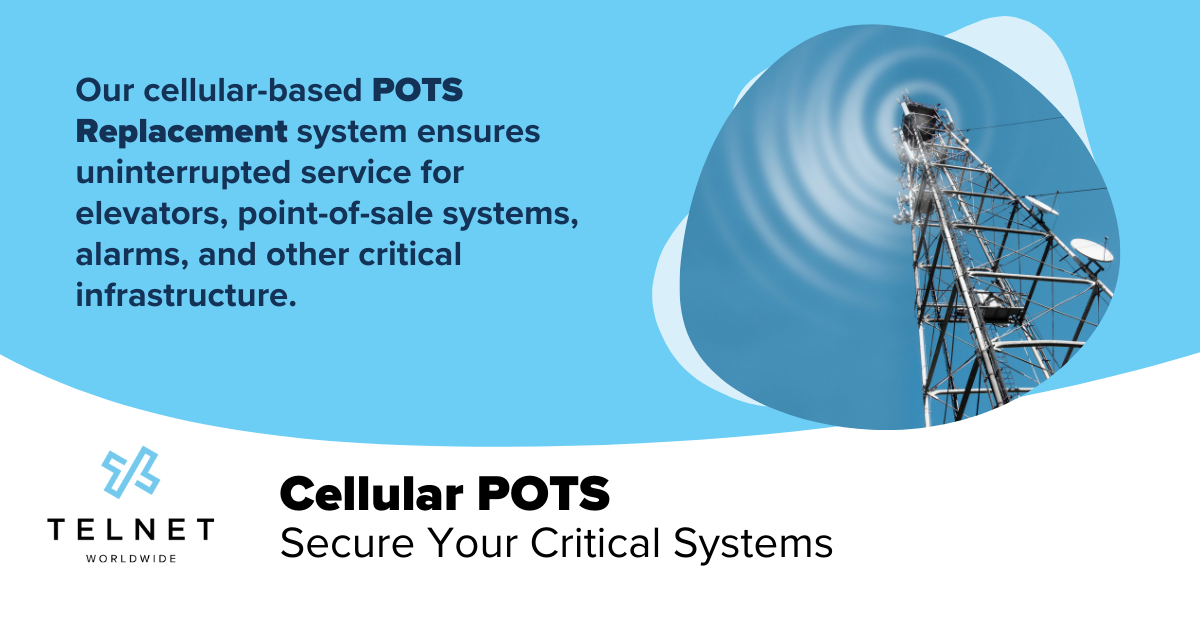After being shuttered during the pandemic, many businesses have reopened their doors and are welcoming back customers. You can find more people dining in at restaurants, catching a movie and exercising without masks at the gym. This return to a pre-COVID (almost) normalcy has many employers asking the question: Should employees be required to return to the office?
While some organizations prefer their employees on-site, others (like Ford, Slack, Shopify, Reddit, Nationwide and Microsoft) have opted for permanent hybrid models or options of full-time remote work. We’re not saying employees will never see each other face-to-face again, but the 9-to-5 Monday through Friday work model is on the endangered list.
We know why employees love remote work: nonexistent commutes, flexible time, comfortable work attire… But there are also major advantages for businesses.

1. Show Me the Money
Commercial real estate isn’t cheap and neither are the overhead operating costs of running an office building. Electricity, heating and cooling, plus property cleaning all add to the ledger. When more people work from home — even as little as one day a week — companies don’t need as much office space to house essential personnel and ultimately use fewer resources.
Even when companies maintain existing office space, utility and equipment costs are reduced. Less employee turnover and absenteeism also contribute to company cost savings. Remote workers are typically happier with a flexible hybrid schedule and less likely to call off.

2. Easier Recruitment
The job market is competitive these days, with many companies struggling to find candidates. Businesses stand out when they offer flexible and remote schedules. Allowing for remote work means a deeper talent pool. Many candidates are more selective than ever when it comes to their work schedules. The majority of employees want to continue with remote or hybrid work arrangements. As a matter of fact, some employees are planning to seek opportunities elsewhere if their requests for remote-hybrid schedules aren’t met.
As more of us head back into the office, organizations that offer remote schedules have a competitive edge against their 9-to-5 in-office counterparts. (An edge that may be helpful in hiring for those hard-to-fill roles.)
3. Greater Employee Retention
Implementing remote work has a second key benefit – employee retention. Employees today are quick to jump ship if they are not engaged, the company culture is stale or their needs aren’t met. Because employees now view remote and hybrid schedules as a necessity, businesses that provide employees a choice will be at the top of candidates’ lists and give the most talented workers a reason to stay. And keeping good employees is better for business, better for deadlines, better for the bottom line.

4. Environmental Impact
“Transportation, which includes vehicles used commuting to and from work, is the largest source of greenhouse gas emissions in the United States,” according to the U.S. Environmental Protection Agency (EPA). This being the case, it’s easy to conclude remote work is better for the environment. Reducing or eliminating daily office commutes lowers air pollution and greenhouse gas emissions. With the climate crisis evolving and the growing impact of climate events reducing emissions could have a notable impact.
According to Gallup, every mile a worker doesn’t drive improves a company’s environmental impact. An example they cite is from Sun Microsystems’ Open Work Program, which permitted 24,000 U.S. employees to work from home, and subsequently prevented the release of 52,000 metric tons of carbon dioxide into the environment in 2010. And in 2015, Xerox reported its remote workers drove 92 million fewer miles, which reduced carbon dioxide emissions by nearly 43,000 metric tons. If you care about your business’s environmental impact, promoting a hybrid work model is a proactive step against climate change. Studies show your consumers care. With 68 percent planning to ramp up their efforts to identify brands that reduce environmental impact, according to data from Forrester.
5. Increased Productivity
82 percent of U.S. workers would prefer to work a hybrid-remote schedule. But does considering employee satisfaction help the bottom line? Yes. Happy employees are productive employees. Happiness is a strategy for better business performance. Engaged employees are more enthusiastic, energetic, positive, feel better about their workplace and have better physical health. Many managers and employers worry that productivity decreases when employees work remotely —that remote workers cut corners or multitask between personal responsibilities and their work.
But remote workers don’t show up late to work because of traffic or bad weather. They’re also less likely to take excessive breaks. Many remote workers often work through their lunch. Remote employees are also able to run errands and schedule appointments without taking off a full or half-day of work. And they can control their surroundings to increase productivity. Remote workers can create their ideal workspace, and work from anywhere. If they’re distracted at home, they can drive to a coffee shop, a local library or a shared work facility. (A solution that doesn’t exist for desk jockeys.) Remote workers have shown they are just as productive at home as they are in an office… just don’t ask them to change out of their pajamas.
The Right Way to Remote
Many managers assume remote work negatively affects company culture and key performance. More often than not, they’re wrong. Hiring the right remote workers and trusting your team is the first step to financial savings, employee retention, increased productivity and environmental awareness. A workforce that is happy to head into their home office and help your company go the distance doesn’t hurt either.
Feeling like a remote or hybrid work environment is the direction for your business? Remote work is made easier with the right tools. TelNet offers simple solutions like cloud calling, messaging and HD video through TelNet UC with Webex. Plus, seamless integrations with applications like Office 365, G-Suite, and Salesforce. We have everything you need to get your remote team up and running. Interested? Contact us to learn how.





